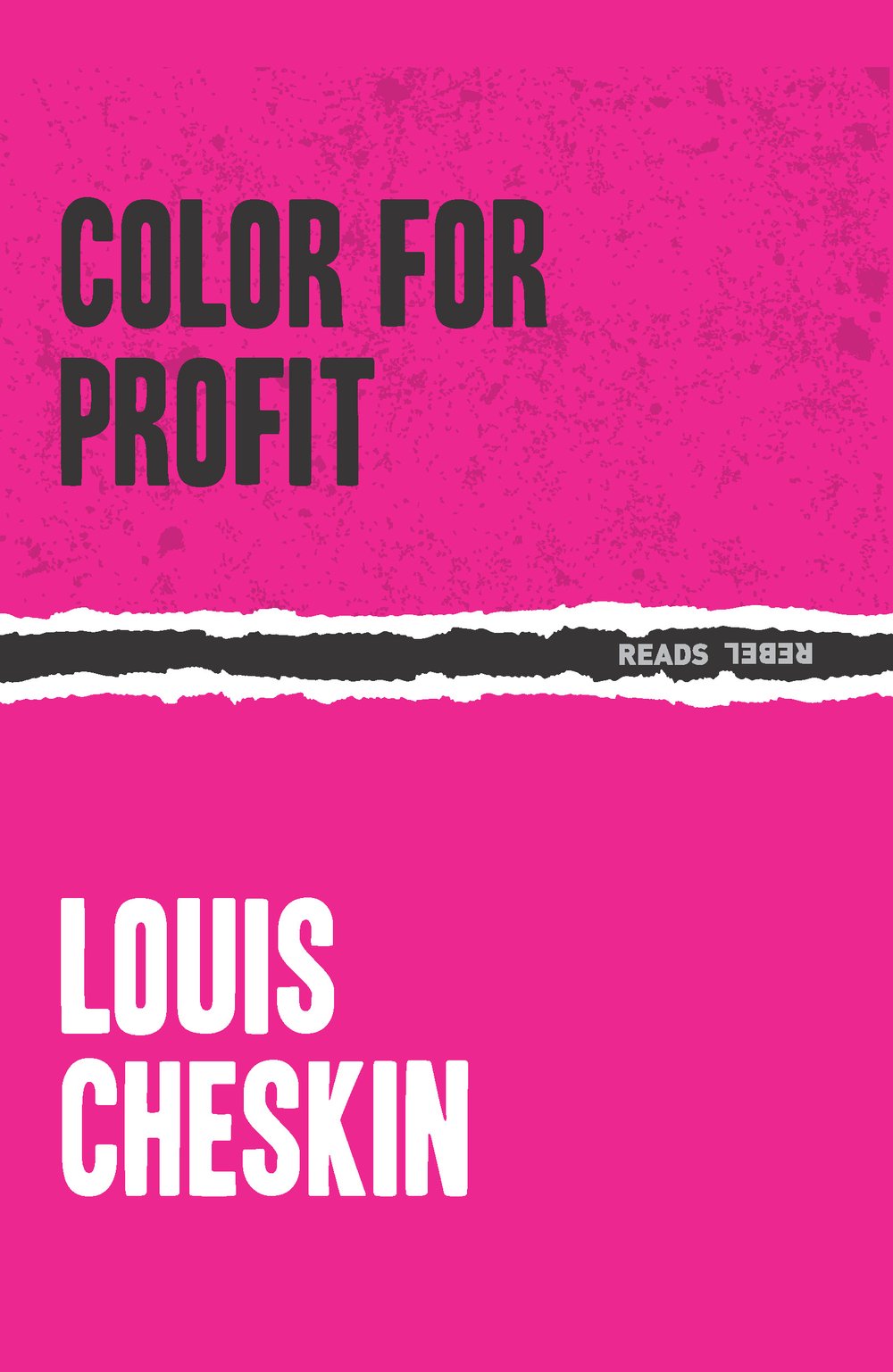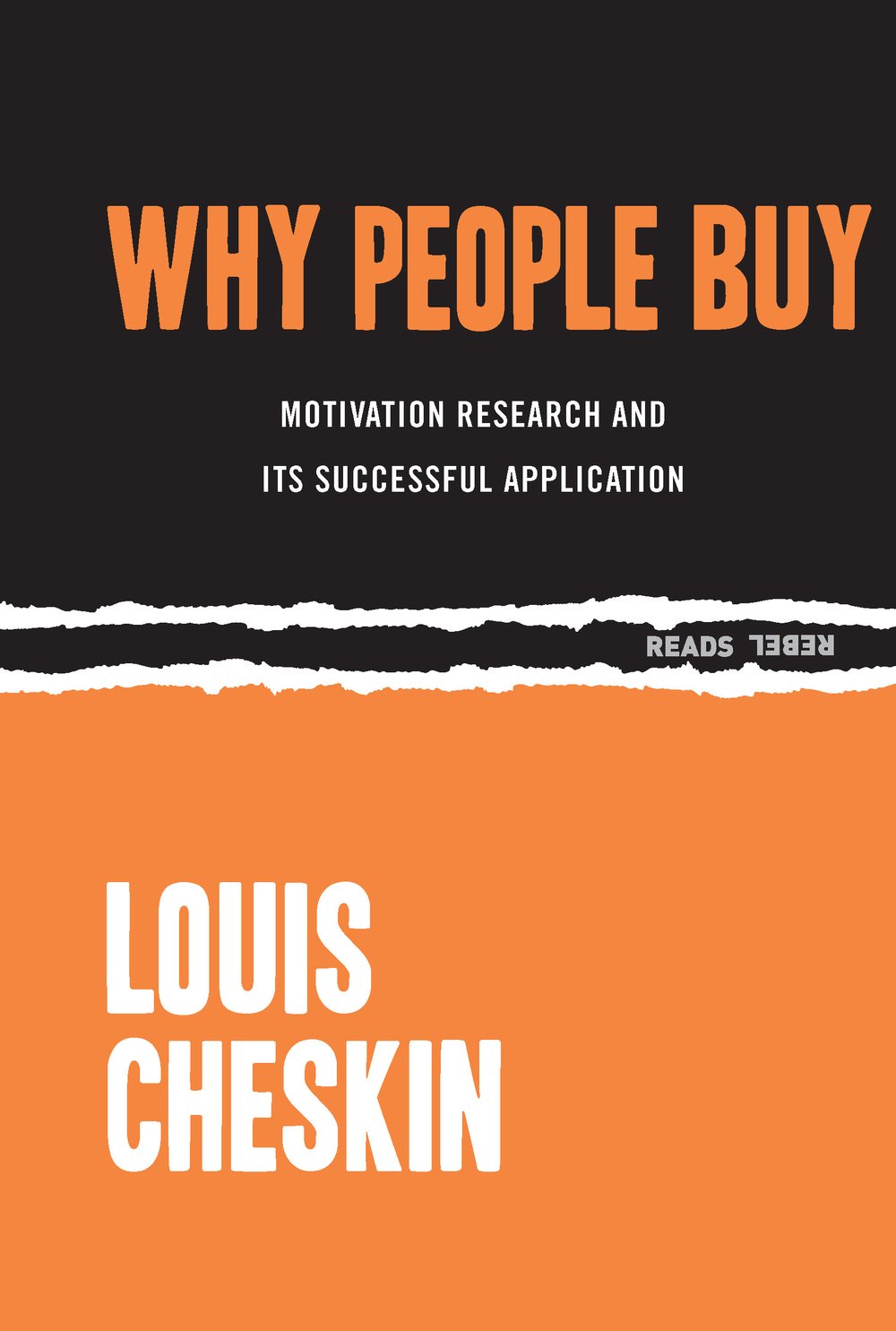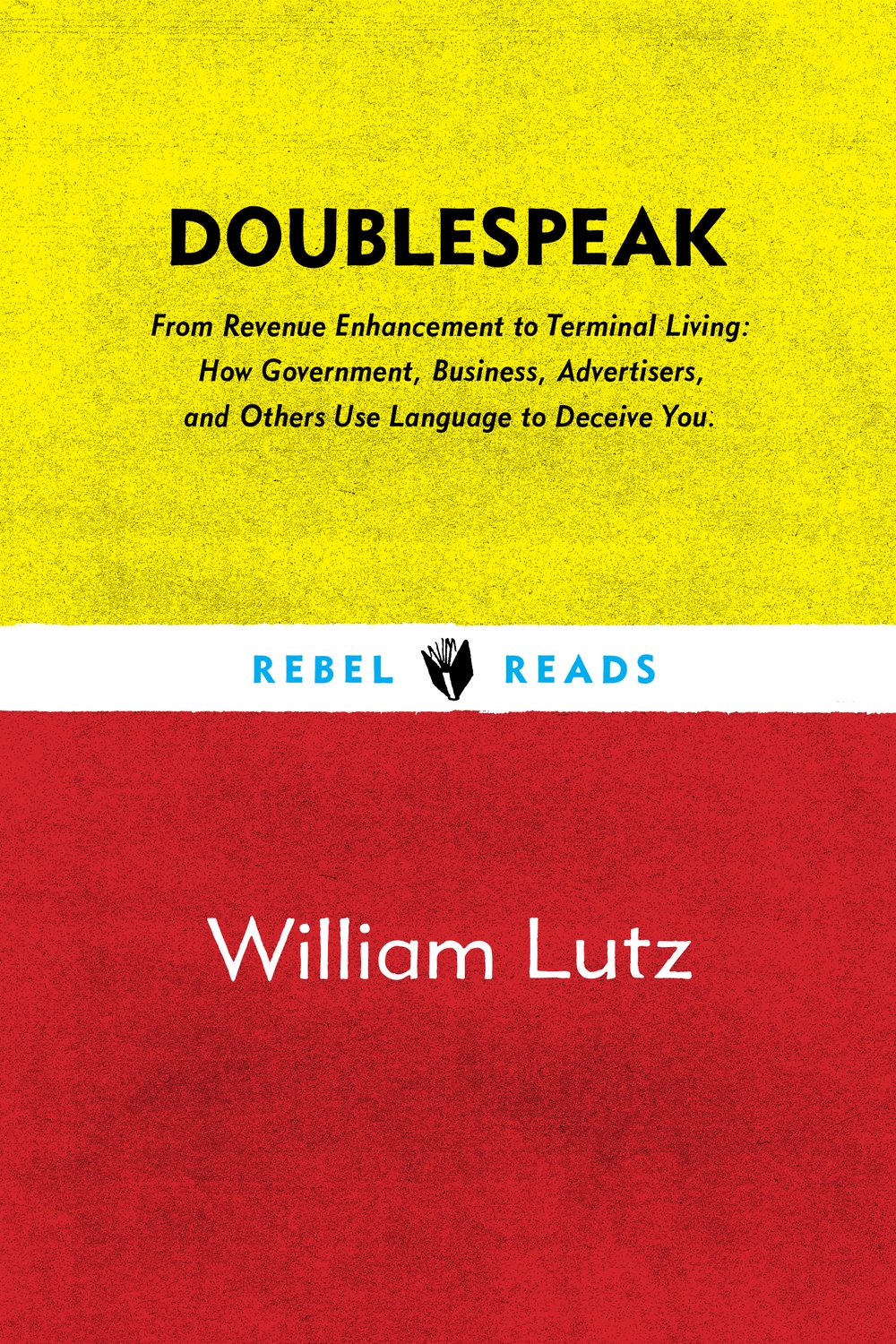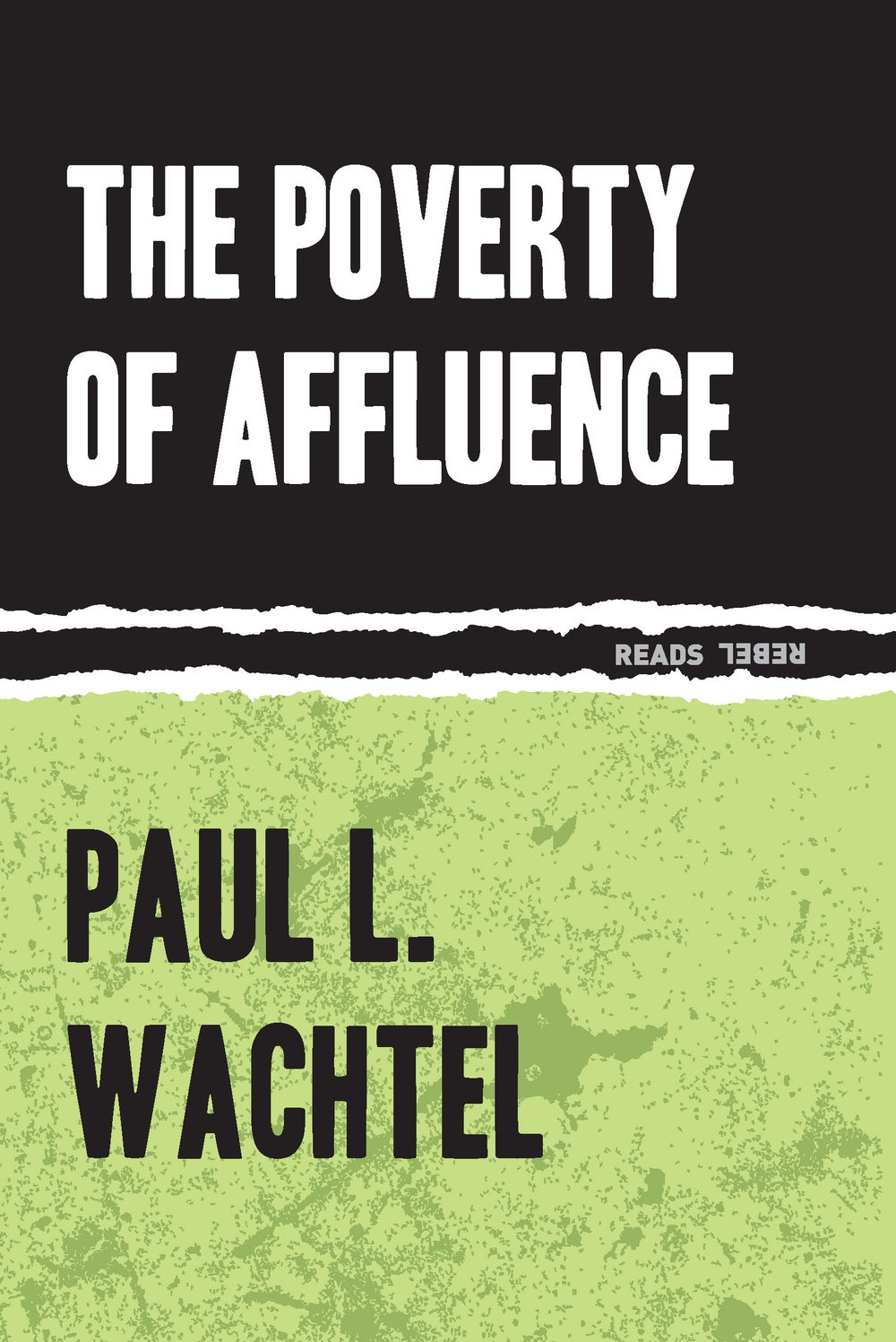Color For Profit

Published in 1951, Louis Cheskin's groundbreaking Color For Profit initiated a scientific approach to color and design. Cheskin's philosophy rotated around three core concepts: good taste has little to do with how well a design sells; asking customers what they think of a package design is not a useful way to measure effectiveness; and colors have symbolic meanings.
Among some of Cheskin's noteworthy accomplishments were:
The creation of the Gerber Baby Changing the color of margarine from white to yellow The development of the Marlboro Man and Marlboro packaging from what was previously considered a "women's" cigarette Uncovering the preference of American consumers for circles over triangles on packaging Predicting the flop of the Edsel automobile The market research underlying the introduction of the Ford Mustang and the Lincoln Continental

Louis Cheskin (1907-1981) was a scientific researcher, clinical psychologist, and important marketing innovator who observed that people’s perceptions of products and services were directly related to aesthetic design. Cheskin spent most of his life investigating how design elements impacted people's perceptions of value, appeal, and relevance. He also discovered that most people could not resist transferring their feelings towards the packaging to the product itself.





